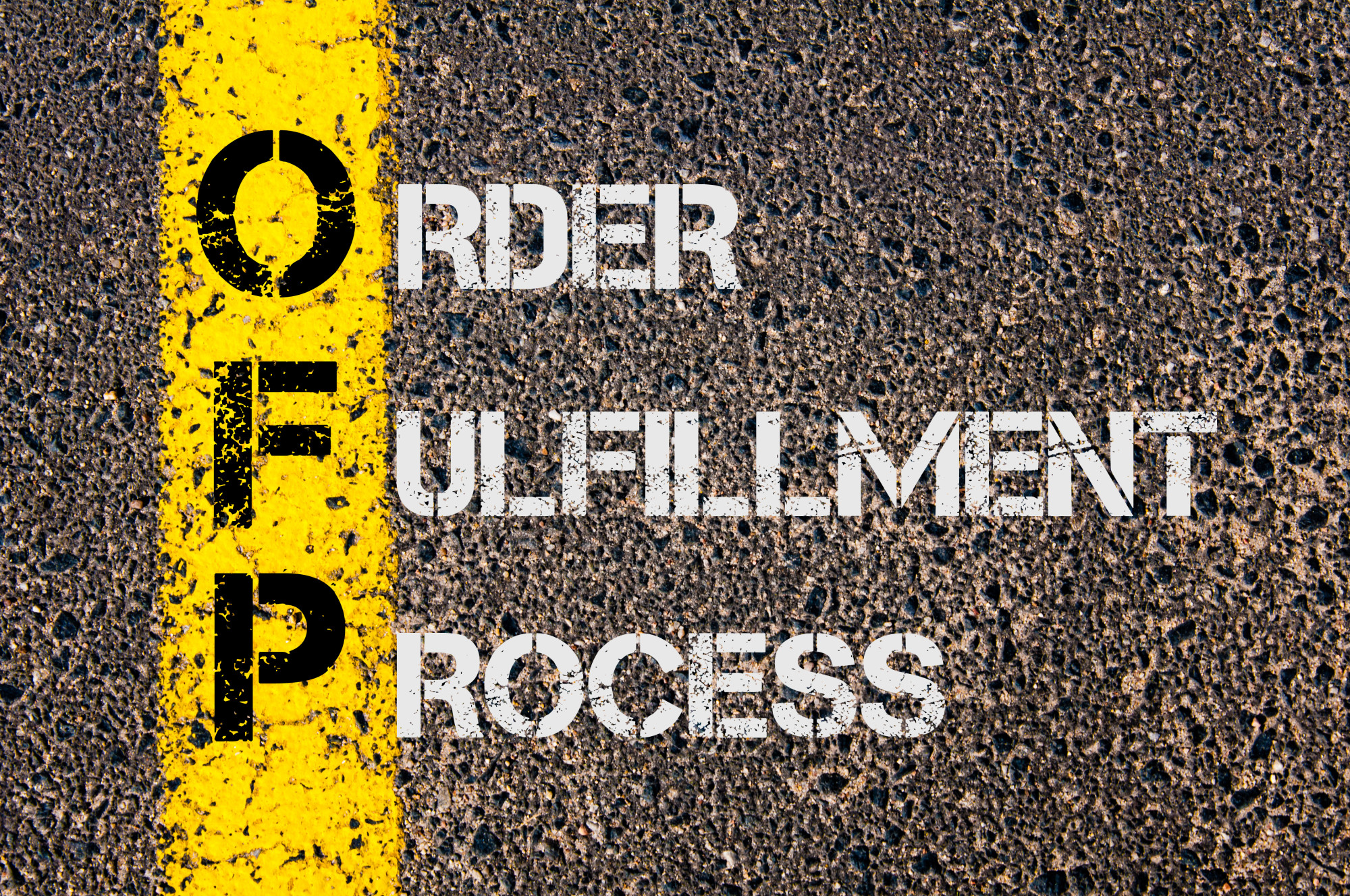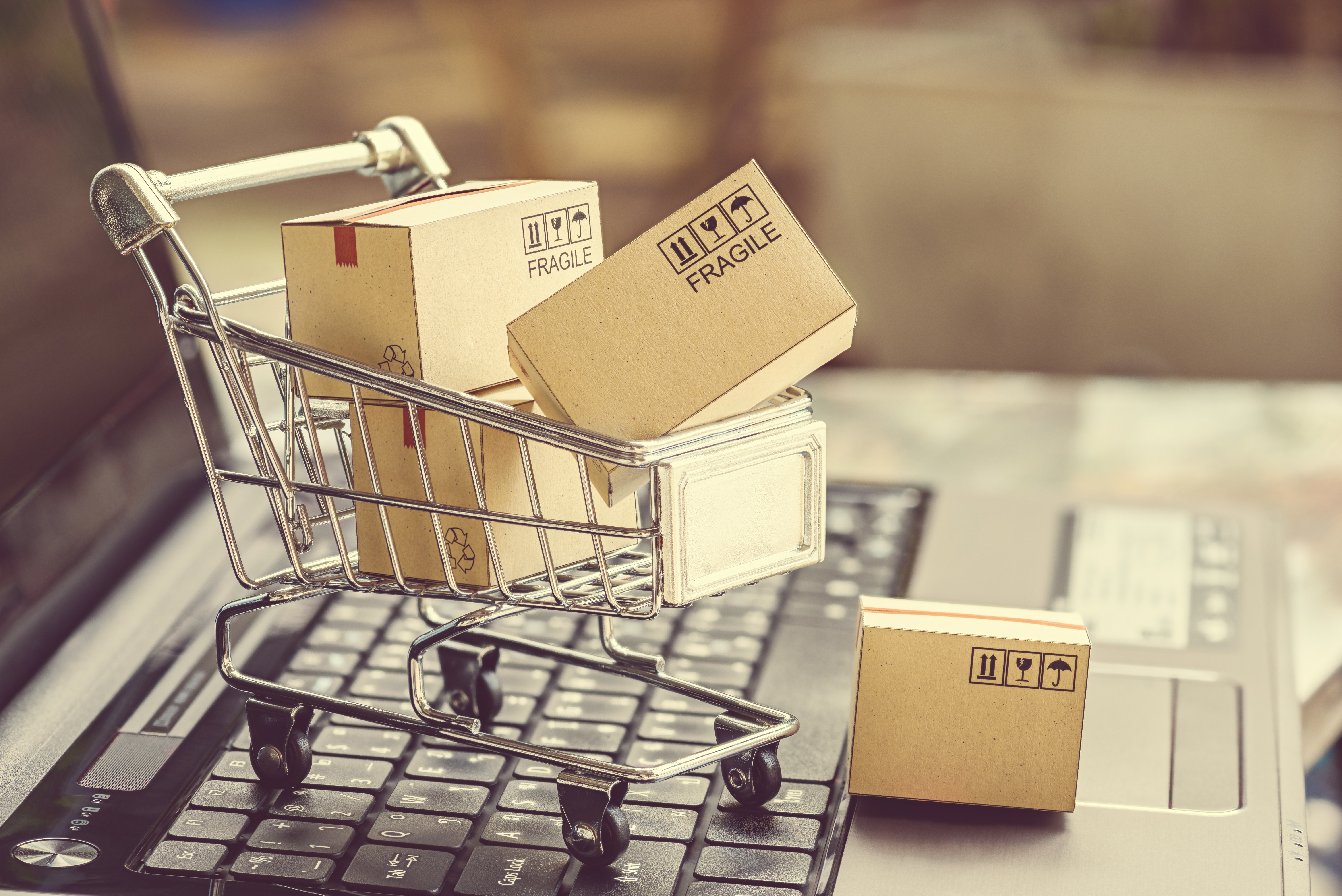
Projections reveal that by 2021, e-commerce sales will account for approximately 17.5 percent of all worldwide retail sales.
However, as demand continues to grow, the challenges of running e-commerce stores are bound to increase. One process that becomes a lot more complicated is that of fulfilling customers’ orders.
E-commerce order fulfillment is one of the most critical processes for any e-commerce store. Without a proper order fulfillment process, you will not be able to deliver products to your customers when they expect them.
This article will discuss what order fulfillment is and the various steps you can take to streamline that process.
What Is E-Commerce Order Fulfillment?
E-commerce fulfillment involves obtaining and processing orders and delivering the completed orders to the customer.
The first step of order management is the receipt of inventory from your suppliers or producers.
After receiving, counting, inspecting, labeling, and adding to your warehouse management software, the product can now be shelved and ready to be shipped to the customer upon request.
The speed and efficiency at which you are able to handle this process will have a significant impact on your bottom line.
The following are 7 tips to streamline order management process.
1. Automate
As your online business grows and more and more orders stream in, you will soon find that your old methods will no longer serve you as well as they used to. At this point, it is necessary that you consider investing in an automated solution.
Technology is necessary for two primary reasons: it reduces human error and it makes business operations much more efficient. When it comes to order fulfillment, those are two areas where you need to enlist all the help you can get.
As such, your online business should be taking advantage of e-commerce tools to help in smoothening operations. Automation helps in cutting out any manual or repetitive steps that limit the effectiveness of your fulfillment process.
2. Integrate With All Your Partners
Chances are that you do not manufacture the products you are selling. You probably outsource your wares from several suppliers, store them in warehouses, then drop-ship them to your customers.
If that is how you run your operations, then it is imperative that you have seamless connections with all your distributors. This can be made possible by an order management system.
3. Incorporate End-to-End Order Visibility
If you have already enabled the order management system, it means that you now have a real-time link to your suppliers. The next thing is to ensure that you can see everything that happens in the supply chain.
This is what is known as visibility.
It means that both you and the distributors should have access to everything that has to do with the e-commerce fulfillment process. Visibility allows all of you to know what items are available, their quantities, and where they are located.
Moreover, shoppers browsing on your site should be able to tell whether a product is in stock and how much of it there is.
End-to-end visibility is one of the most integral aspects of an efficient order management process as it guarantees customer satisfaction.
4. Have the Right Shipper
Now that you have your side of the operations running smoothly, the only thing remaining to complete the order fulfillment process is shipping.
Shipping is arguably the most important aspect of e-commerce fulfillment. This is because regardless of how efficient your other processes are, it is your shipper who determines whether your goods will arrive on time or not.
Therefore, if you have a less than stellar shipper, there will be delays in delivery and customers will feel shortchanged. Unfortunately, you will still take the blame.
This is why you need to invest your time and resources in looking for a reputable shipper with a track record of efficiency and timeliness.
5. Evaluate Your Promises
In a bid to create a reputation for themselves, businesses will make various promises to their customers.
Some will promise the lowest priced products while others might promise high-quality goods and value for money. Others will swear to deliver faster than anyone else.
Unfortunately, you cannot promise quick delivery if there’s an element of your order fulfillment process that prevents that from happening.
Therefore, it is best to manage expectations and be frank about when the customer can realistically expect their goods. This will help prevent disappointments.
6. Consider Your Warehousing Strategies
Since customers want their orders completed and delivered as quickly as possible, check whether your warehousing strategy is coming in the way of that. Ideally, you want to be using either or both of the following warehousing strategies:
-
Choosing a warehouse and shipper that can meet your quick-picking and quick-shipping needs
-
Storing your goods in various warehouses, located across your delivery areas thus allowing you to be closer to your customers
Whatever warehousing strategy you choose, it must be focused on enhancing your efficiency and enriching customer experience.
7. Keep in Touch with Your Customers
Remember, the whole idea behind streamlining your order management process is to give your customers the best online shopping experience.
As such, you need to be in constant communication with them throughout the process. Let them know when you have received the order, once you begin processing, once you ship, and when it is delivered. This shows that you care.
Summing It Up
E-commerce order fulfillment consists of all the activities involved in seeing to it that a customer’s order is processed and delivered to them in good time.
It is what decides whether a customer will have a good experience with you or not.
As such, it is in your best interests not to give your customers a reason to jump ship. An efficient e-commerce fulfillment strategy will go a long way in improving your customer experience.
Nonetheless, in order to make that possible, you need the guidance of an experienced and reliable e-commerce support provider.
The Marketplace Valet is one of the best resources for e-commerce entrepreneurs. If you are looking for strategies to help improve your bottom line, check out our blog.


